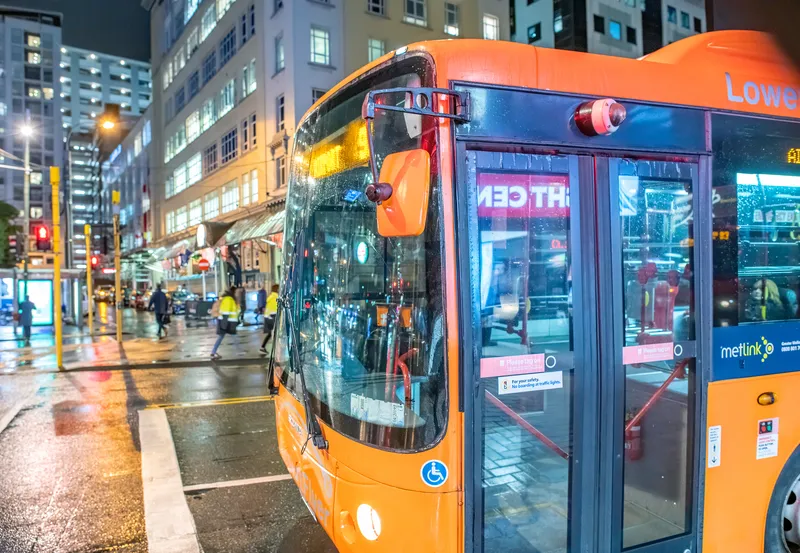Through the OC Bus Mobile app, riders can now scan a QR code from their smartphones on the validators to pay for fares when boarding a bus. In addition, the validators accept open payments, contactless credit cards, debit Europay, MasterCard and Visa, and near field communication devices.
Eric Linxweiler, Init, regional director west, said: “We are proud to celebrate with OCTA the system-wide launch of their OC Bus Mobile e-fare project. By leveraging Init's leading technology, the new e-fare system will help OCTA better serve their customers and make riding even easier.”
Init installs e-fare system on over 530 bus routes in Orange County
Init has installed its e-fare validators on more than 530 fixed-route buses that belong to the Orange County Transportation Authority (OCTA) as part of a system-wide project. The upgrade is expected to improve passenger experience by providing a more convenient payment option while allowing for potential future regional fare integration. Through the OC Bus Mobile app, riders can now scan a QR code from their smartphones on the validators to pay for fares when boarding a bus. In addition, the validators
February 23, 2018
Read time: 1 min










